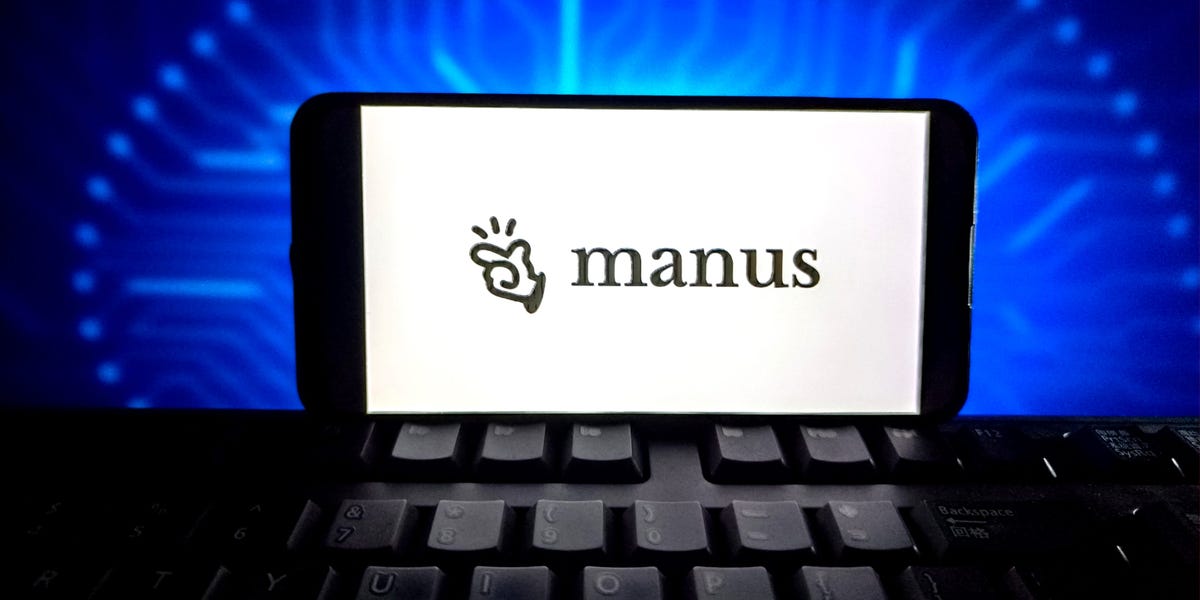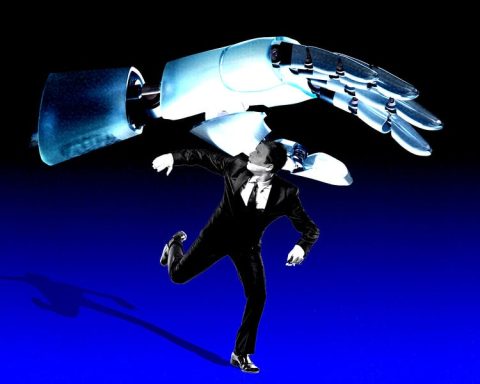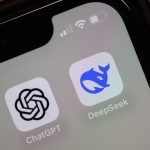Chinese researchers have announced the development of the world’s first fully autonomous AI agent, named Manus AI. The creators of Manus claim that it can execute tasks, such as constructing a website from scratch, with minimal human intervention. While some commentators believe this marks a significant turning point for Chinese AI, others argue that the hype around it is exaggerated.
The launch of Manus last week quickly generated buzz within the AI community. A demo video showcasing its capabilities ignited discussions online, with observers both applauding its potential and questioning its limitations, particularly regarding privacy issues.
‘Completely Autonomous Agent’
Reports indicate that Manus was developed by the Chinese startup Monica, which is said to be a subsidiary of Butterfly Effect. According to Manus’s privacy policy, Butterfly Effect is registered in Singapore. Unlike traditional chatbots that often require multiple inputs for task completion, the developers assert that Manus can undertake complex tasks autonomously after receiving a single user prompt.
The launch video demonstrates Manus AI’s ability to efficiently sort résumés, rank candidates, and organize data into spreadsheets within seconds.
Yichao ‘Peak’ Ji, Manus’s co-founder, stated in the launch video, “This isn’t just another chatbot or workflow tool. It’s a completely autonomous agent that bridges the gap between conception and execution.” According to the company, Manus can analyze stock trends, extract data from the web, and even create interactive websites from the ground up. The AI operates in the cloud, allowing it to continue functioning while users are logged out. Manus claims to outperform OpenAI’s Deep Research model on the GAIA benchmark, a standard for model comparison.
At this moment, access to Manus is restricted, requiring an invitation for testing.
How was Manus Created?
Following its release, some early adopters suggested that Manus may not have been built from the ground up, but rather operates as an AI wrapper utilizing other models, including Anthropic’s Claude 3.5 Sonnet. Pierre-Carl Langlais, co-founder of AI startup Pleias and an initial user of Manus, pointed out in a LinkedIn post that the token conventions used by Manus are unique to Anthropic and not found in other large language models (LLMs).
While the launch video hinted at the use of multiple underlying models to power Manus, Ji clarified that it currently operates with Claude 3.5 Sonnet v1 and is fine-tuned with Alibaba’s Qwen models. “We are testing Claude 3.7 internally and will provide updates,” Ji shared on X.
Manus Draws DeepSeek Comparison
Many have likened Manus to DeepSeek, a Chinese startup that unveiled an AI model in January, showcasing capabilities that rivaled those of Western competitors while seemingly being produced at a lower cost. The launch of DeepSeek unsettled investors, leading to a significant sell-off of Nvidia stock. This development highlighted China’s capacity to create leading AI models, despite US export restrictions hindering access to advanced semiconductor technology, leading some to label it China’s “Sputnik moment.”
Now, with Manus claiming full autonomy, it adds to the narrative that China is catching up to the US in the AI race. Dean Ball, an AI policy researcher, argued in a Sunday post that referring to Manus as a “DeepSeek moment” is misguided: “DeepSeek was about replicating capabilities already achieved by American firms. Manus is actually advancing the frontier.”
Researchers Are Divided
The AI community is divided on the implications and significance of Manus. Some see it as a breakthrough; for instance, Victor Mustar, head of product at Hugging Face, described Manus as “the most impressive AI tool I’ve ever tried,” asserting that its capabilities could redefine programming.
However, skepticism remains. Kyle Wiggers from TechCrunch and Pleias co-founder Alexander Doria noted that Manus exhibited factual inaccuracies, failure in task execution, and repetitive loops during their evaluations. Langlais expressed mixed feelings, commending the UI while criticizing what he termed “deceptive communication” about Manus and its employment of “hunger marketing” strategies to generate hype through selective access.
“Better standards of openness and transparency are essential across all levels: model, data, business,” Langlais concluded.
Similar to DeepSeek, Manus faces scrutiny regarding data privacy. AI researcher Luiza Jarovsky raised issues about the storage of Manus’s data and the possibility of Chinese government access, fueled by the opaque information surrounding its ownership structure. “Where are the servers located? Is user data sent to China?” Jarovsky queried in a Substack article.
Mel Morris, CEO of Corpora.ai, acknowledged Manus’s potential but remains unconvinced it represents a significant advancement—highlighting ongoing concerns about data privacy connected to its Chinese associations. “These issues will only amplify the ongoing discourse surrounding AI security and governance.”
A representative for Manus has not yet responded to a request for comment from Business Insider.











